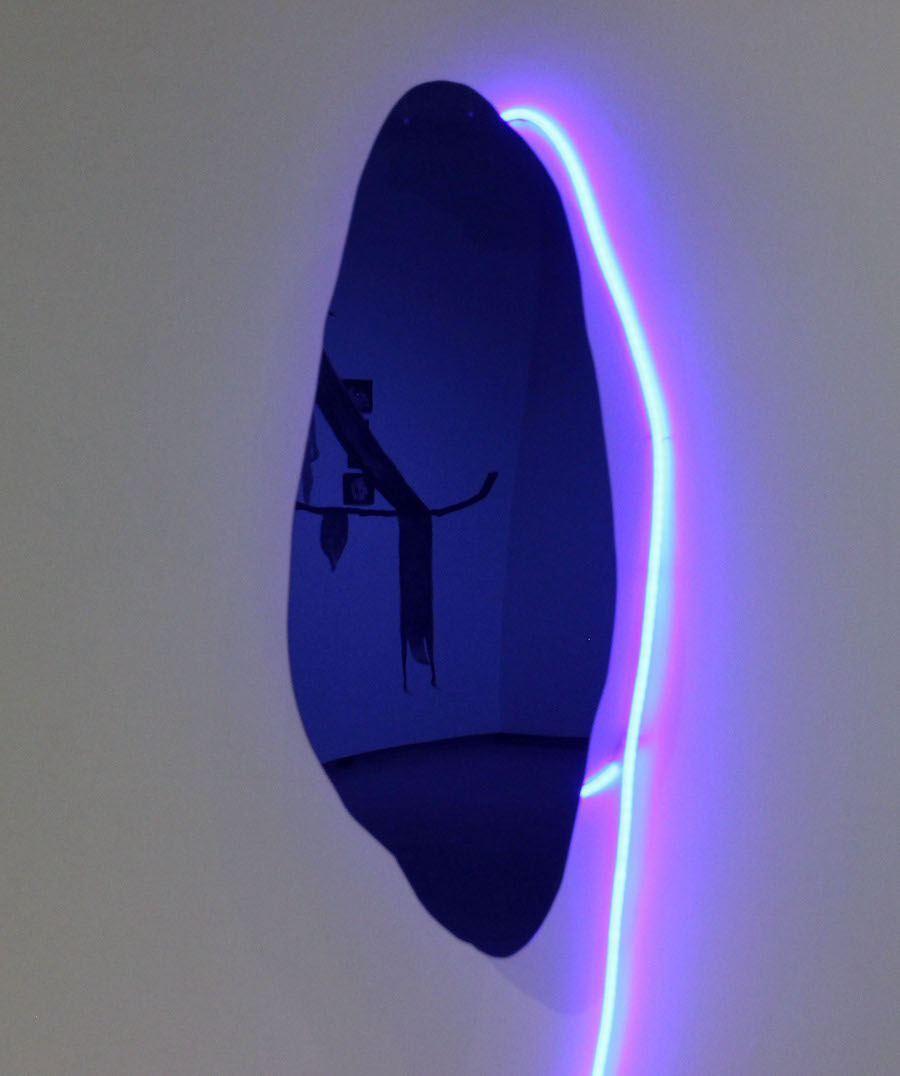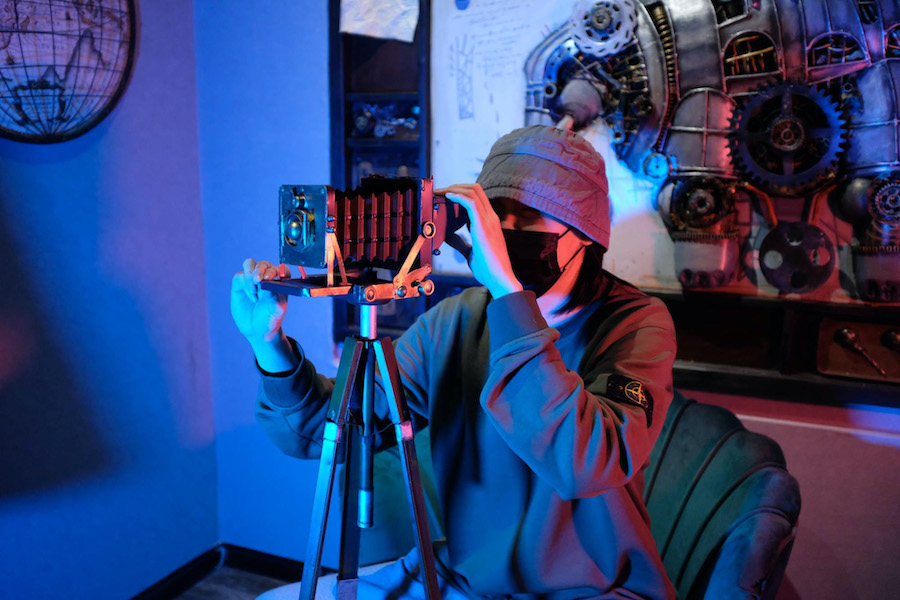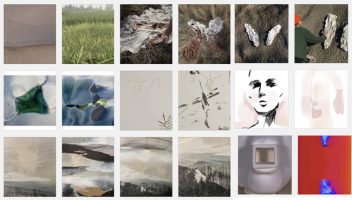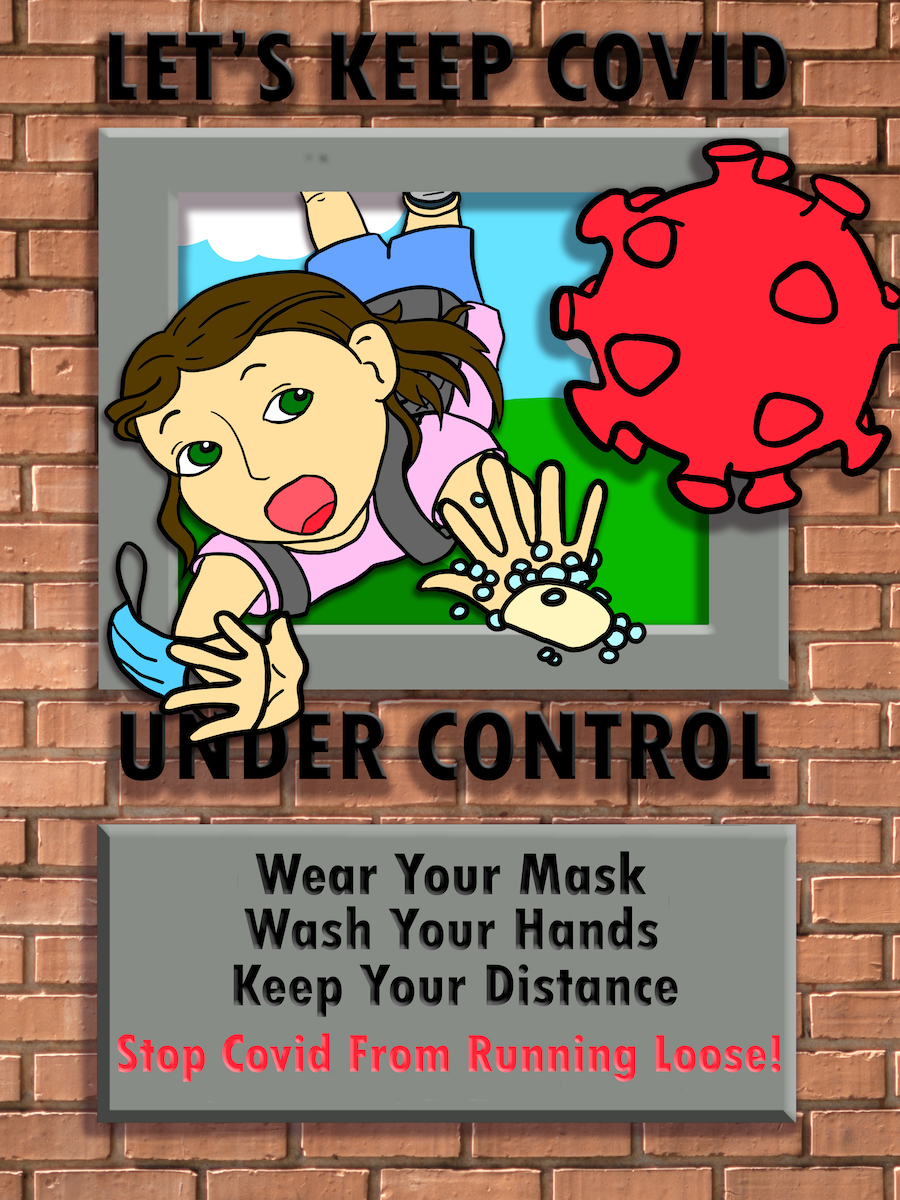Black Harbinger of Spring (2021) by Michaela Bridgemohan
Black Harbinger of Spring (2021) 1 person(s): Make a promise to yourself 2 person(s): Make a promise to each other Black Harbinger of Spring invites the spectator to the potential of playful encounters with the objects. As visitors share the same space as the work, they will come across moments where they can decide to activate them by bodily stepping...

 Follow
Follow







